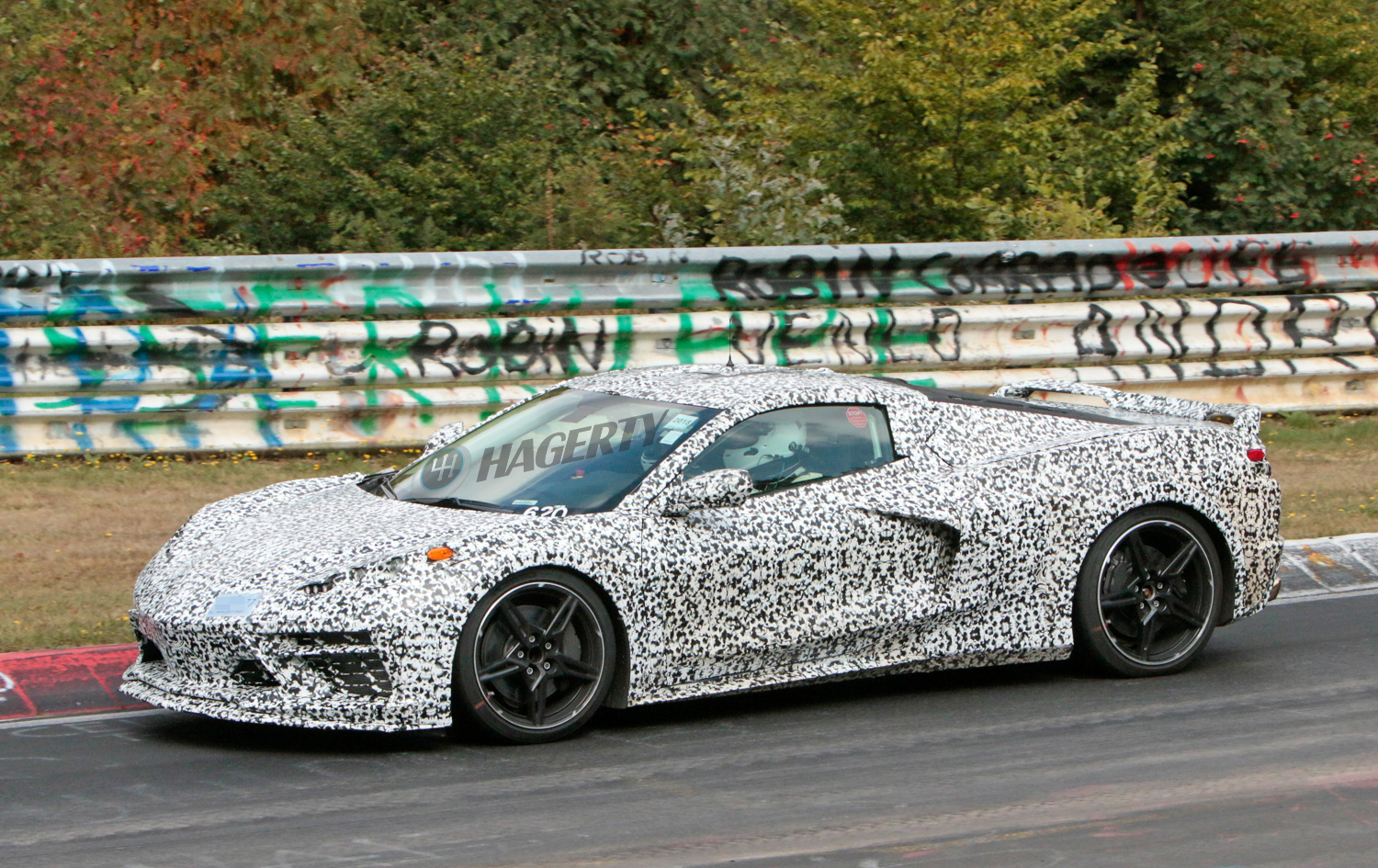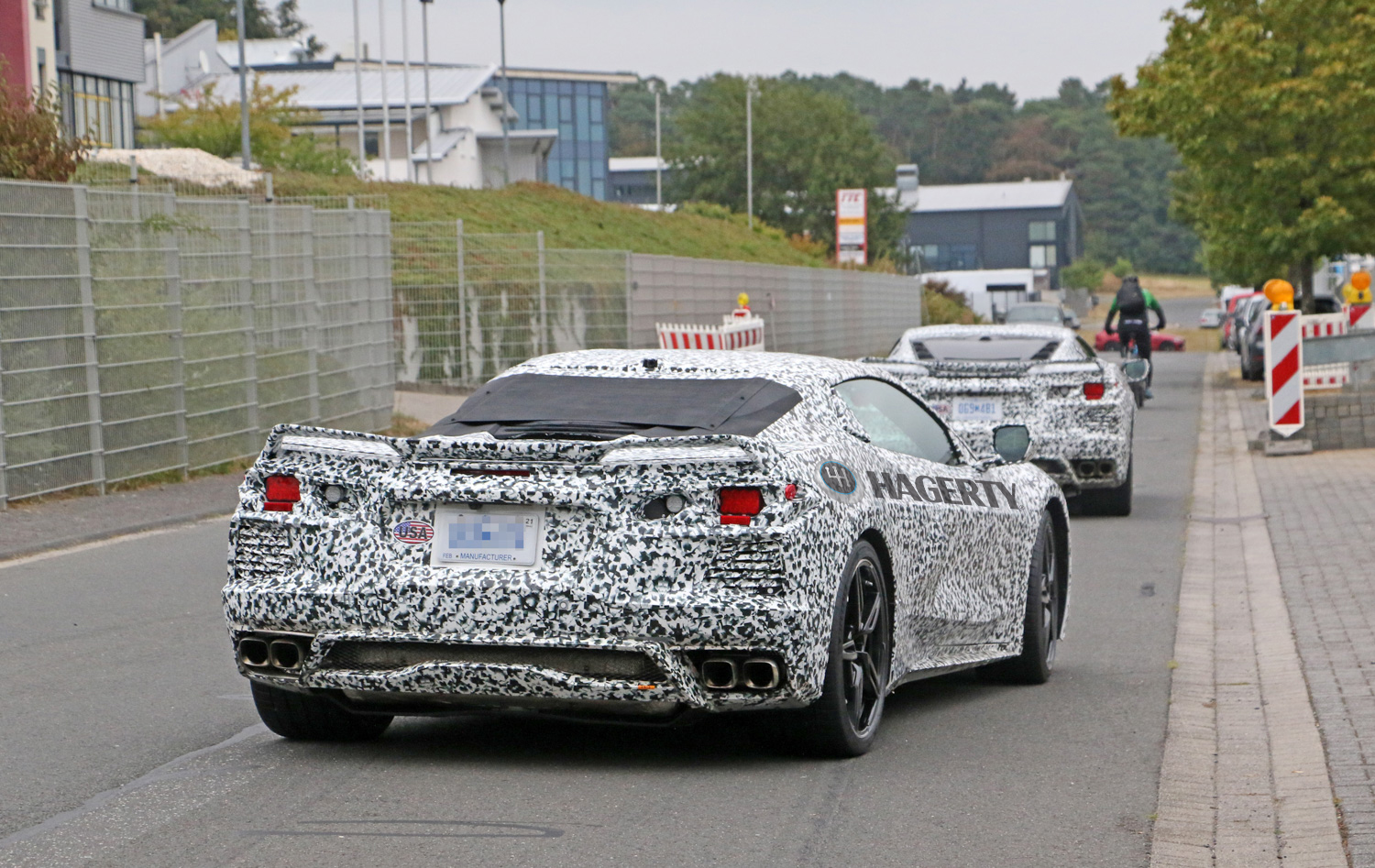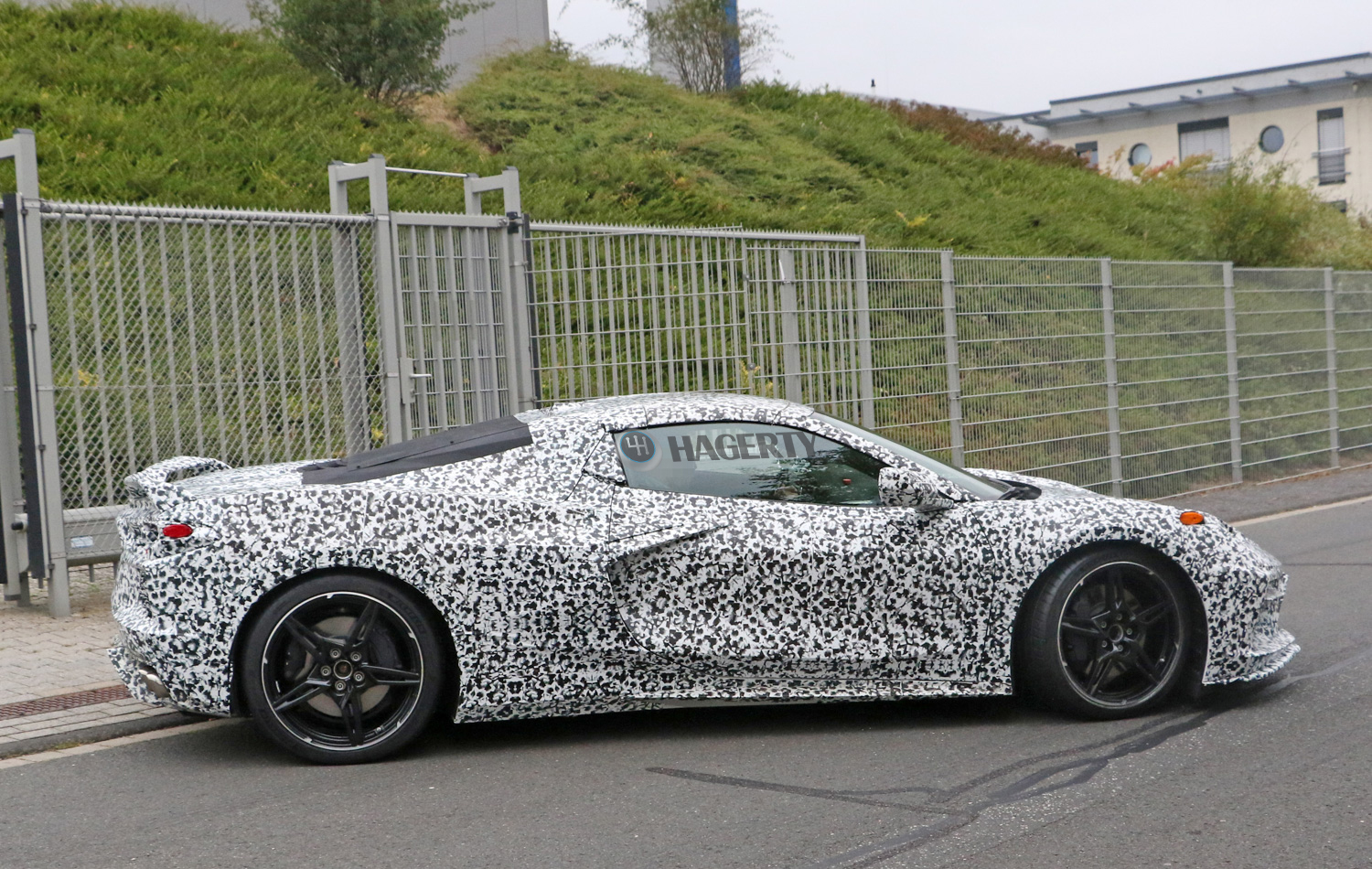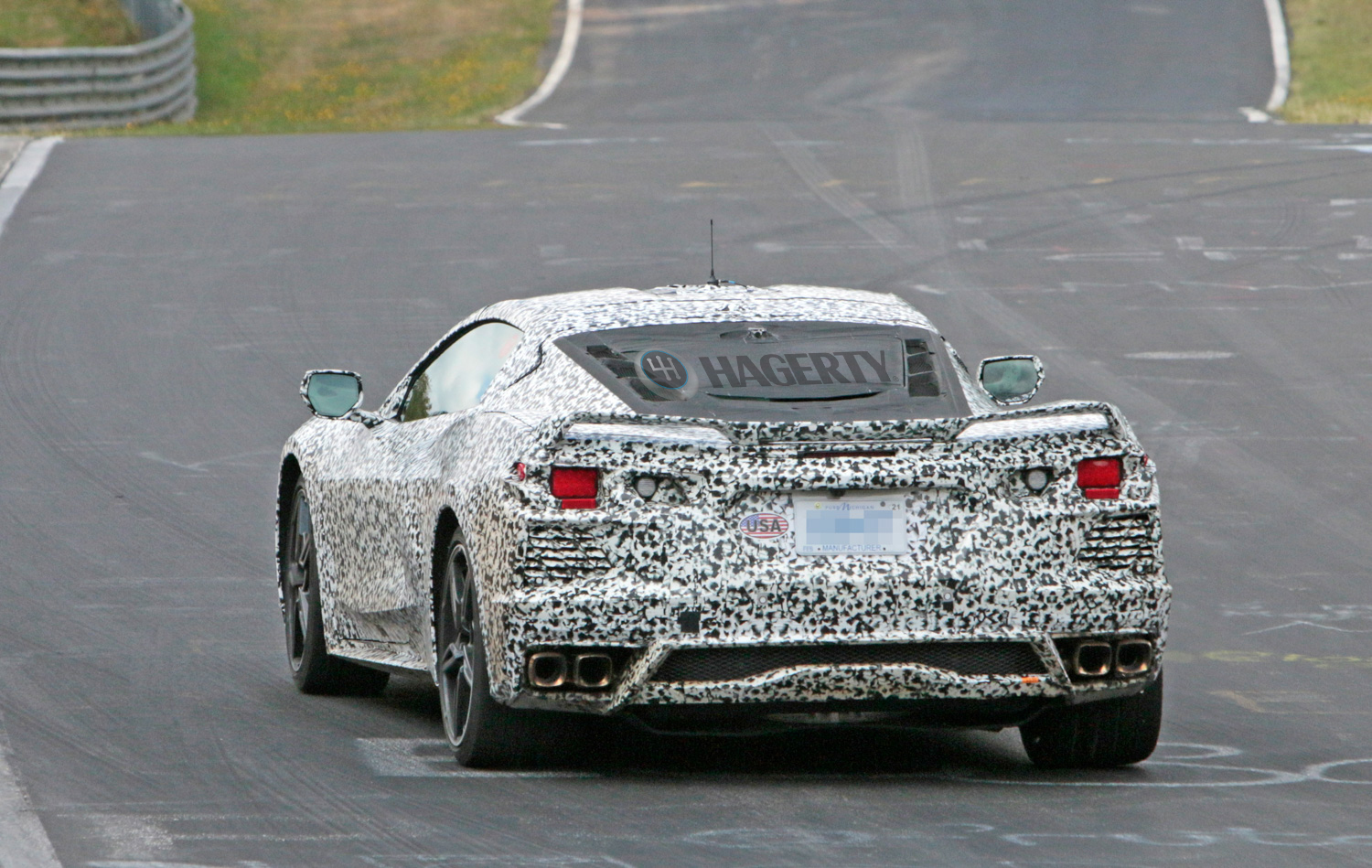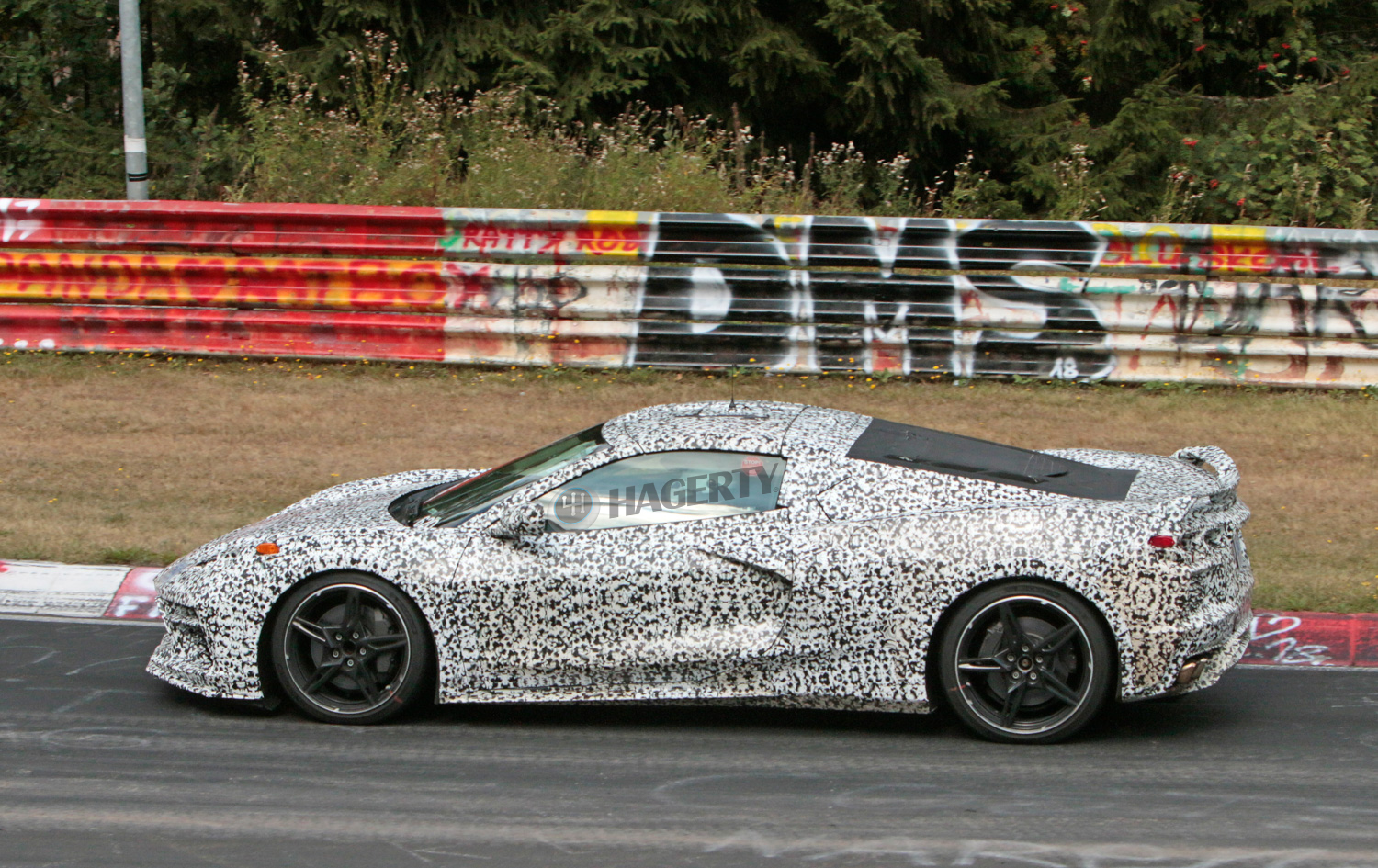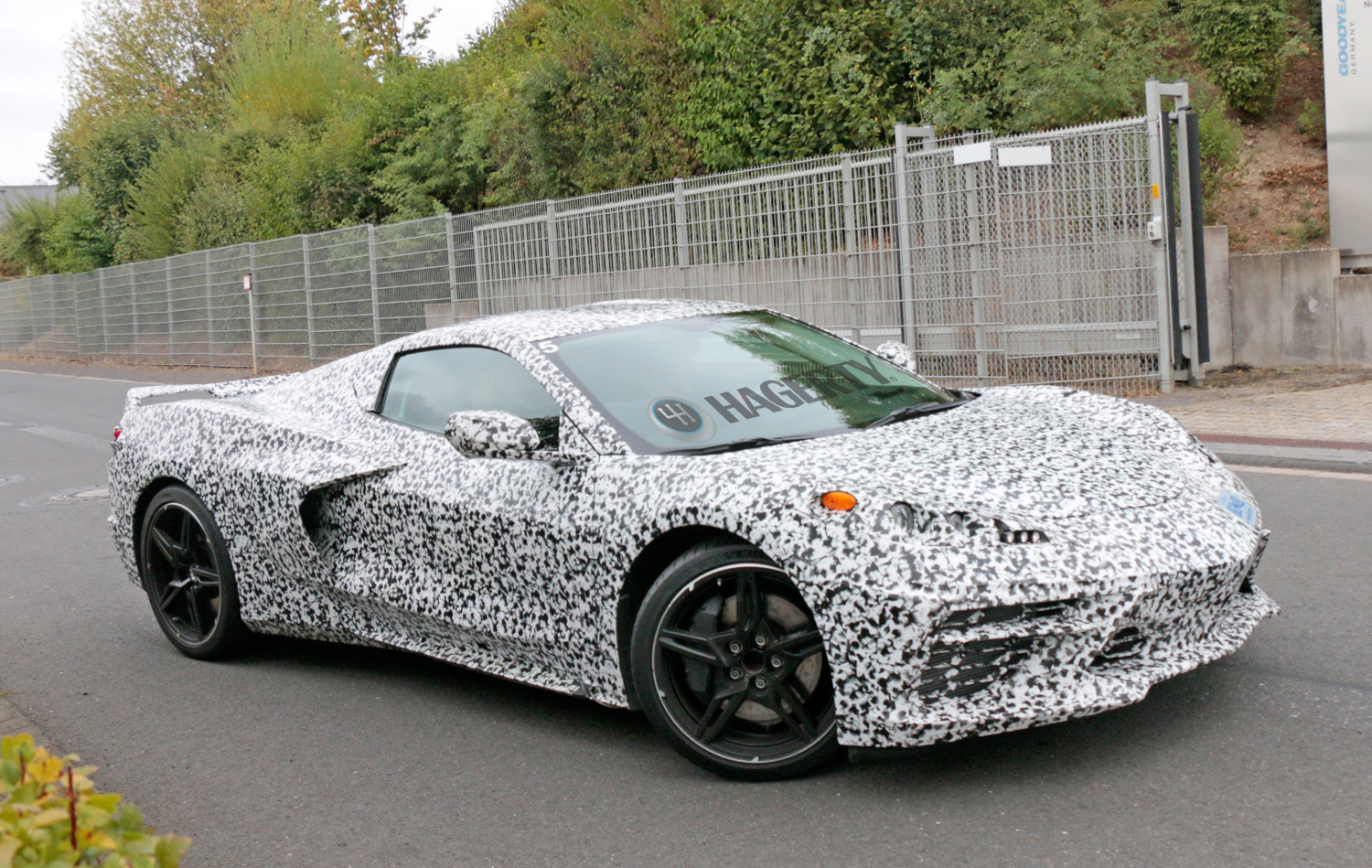The real reason why the C8 mid-engine Corvette is delayed
Our prior speculation that the next-gen, mid-engine Corvette would bow at this year’s Detroit Auto Show was obviously dead wrong. Nor did the Stingray replacement appear in Geneva, and it’s unlikely to debut at next month’s New York extravaganza. Generally speaking, auto shows are no longer deemed suitable for launching blockbusters because they’re unable to grab and hold the attention of today’s frantic automotive reporters. Plus, the argument goes, a car as big as the Corvette can generate news on its own without the backdrop of a show.
So, we gave the bushes another relentless beating to compile an updated report of what may be happening behind the GM engineering scenes. Thanks to well-placed sources, we discovered three good reasons for delaying the C8’s production start to December of 2019.
First, all GM products are shifting to a new electrical architecture—the means by which 100 or more computer modules per vehicle communicate on what’s called a CAN (computer area network) bus. Engineers are having difficulty working the bugs out of the new Global B party line serving Corvette and several other new models.
The second issue is a structural distortion of the aluminum spaceframe experienced during testing a prototype equipped with the 900-1000 horsepower twin-turbo V-8. The twist in back was enough to fracture the glass hatch covering the engine. Be glad this flaw was discovered in advance of your top speed runs in Chevy’s designated Ferrari-beater.

Item three is some unspecified bone of contention between those who design Corvettes and the development engineers who steer them to the far corners of the performance envelope. It could be a visibility issue, some ergonomic shortcoming, or a cockpit design problem. Unfortunately our sources won’t reveal the specific details underlying this concern.
Our best guess for the when and where of C8’s unveiling is in conjunction with the National Corvette Museum’s 25th birthday celebration in Bowling Green, Kentucky, (near the car’s assembly plant) at the end of August. The weather should be hospitable and there’s a handy race track near the facility to host aggressive test drives. We’re hoping for a production start by December with customer deliveries of 2020 model year cars to begin early next year. The plant has the flexibility to continue building C7s, so the front-engine Corvette’s future availability will theoretically be geared to demand.
Expect a base C8 to cost between $60-70,000 and be powered by a 6.2-liter LT2 V-8 delivering at least 500 horsepower. The 50-horse gain over today’s LT1 will come from more aggressive valve timing. The one and only transmission will be a seven-speed dual-clutch, paddle-shifted automatic supplied by Tremec. LT6 and LT8 V-8s expected later in C8’s life will climb the staircase to 1000-horsepower heaven with overhead camshafts, a flat crankshaft, and twin turbochargers. Hybridization is also part of the C8 game plan. On hybrid models, electrically driven front wheels will consume the (front) trunk space otherwise used to carry two sets of golf clubs in the base model.


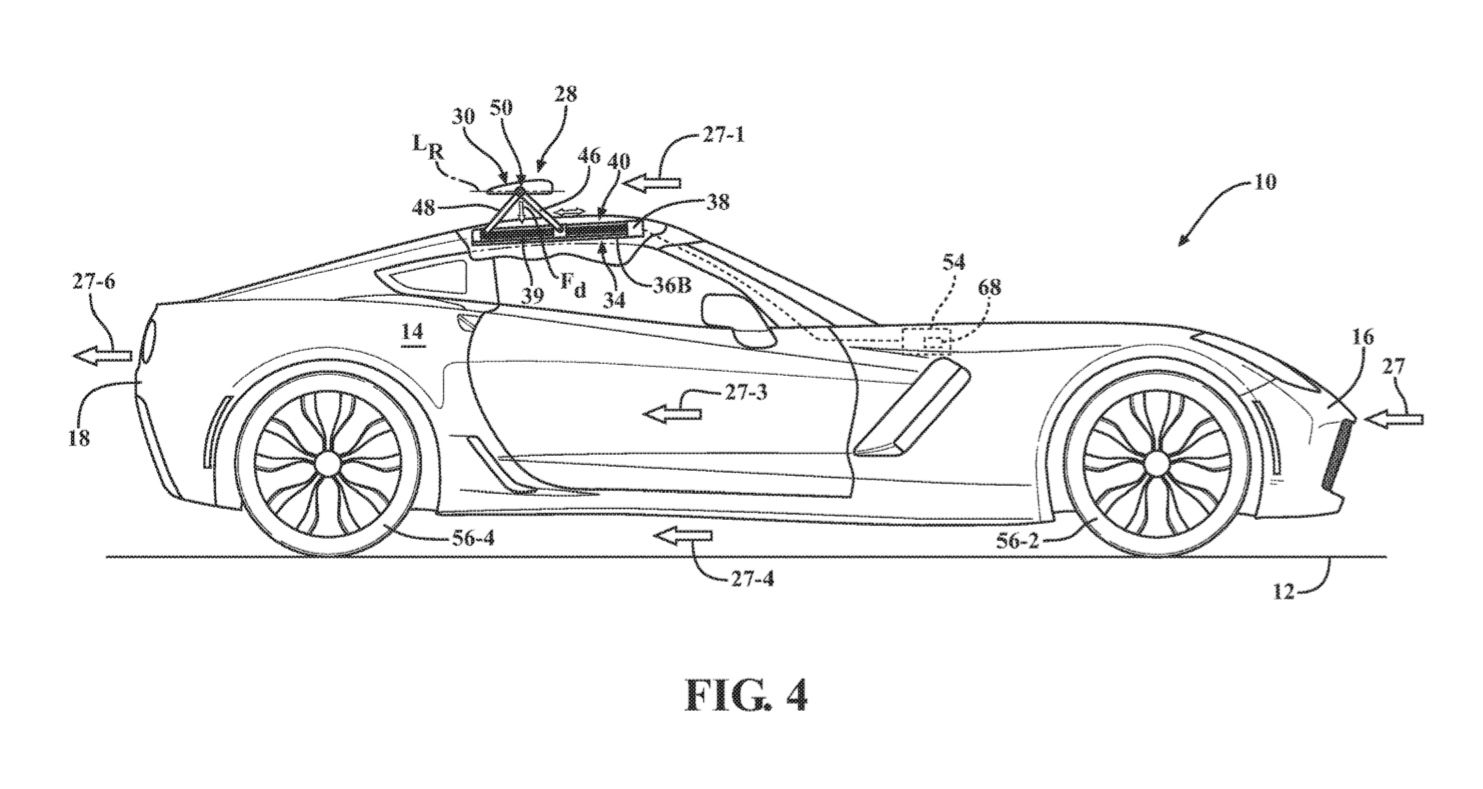
GM was recently issued a patent for what was called an “active hybrid spoiler” with multi-mode adjustability to tailor rear downforce and aero drag to speed and driving location (on- or off a race track). That feature will likely be saved for the top-horsepower edition which may wear a commemorative “Zora” badge in honor of Corvette godfather Zora Arkus-Duntov.
Computer-aided-design drawings presumably leaked by some GM insider or supplier clearly show coil-over-damper suspension components in front. Nor is there evidence of today’s fiberglass transverse leaf arrangement in back, so what some disparage as “buggy” springs are probably not part of C8’s chassis design.
Interior spy photos depict a two-spoke steering wheel with flattened top and bottom surfaces, paddle shifters, and a wealth of switches. Electronic screens support the main instrument cluster and large center dash and console displays. The crossed flags Corvette insignia has been freshened and a Zora label appears in some shots.
Kerbeck Chevrolet in Atlantic City, New Jersey, the country’s largest Corvette seller, has begun taking refundable $1000 deposits to hold a place in line for a C8. This dealer is also offering C7 discounts ranging from 12-17 percent. Clearly, the countdown to launch has begun and the wait for mid-engine Corvettes on the road is down to a matter of months.
